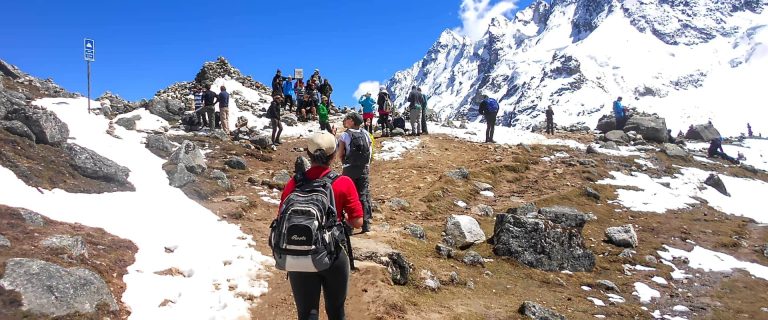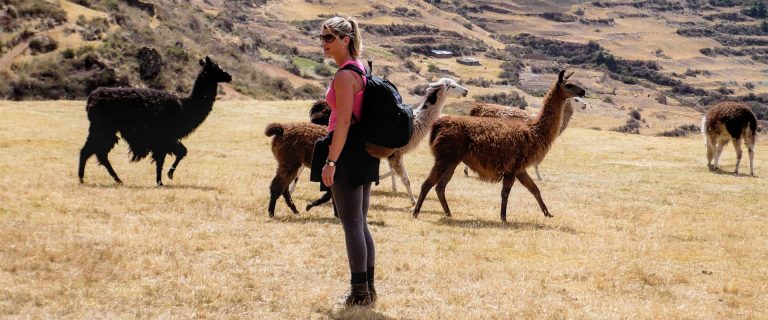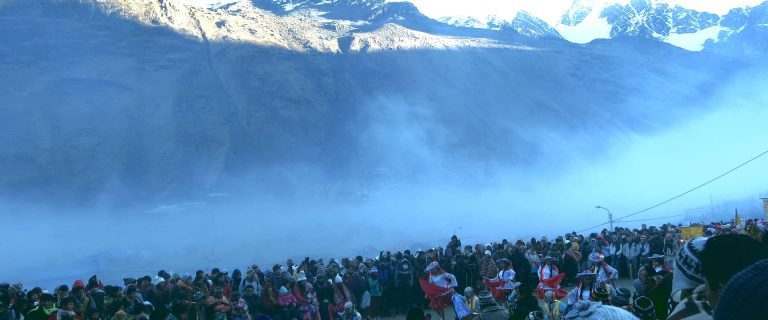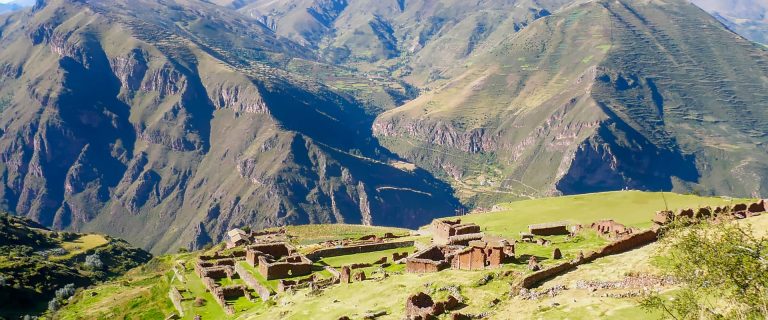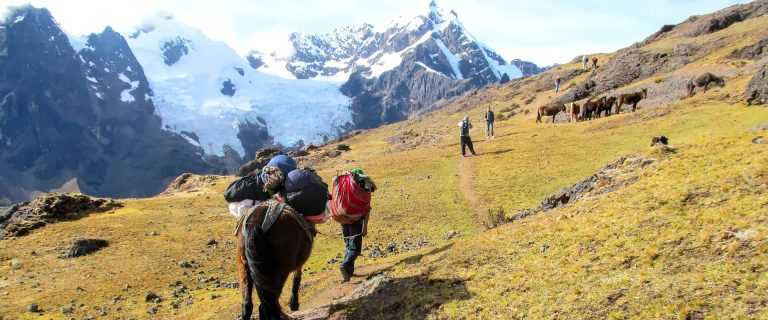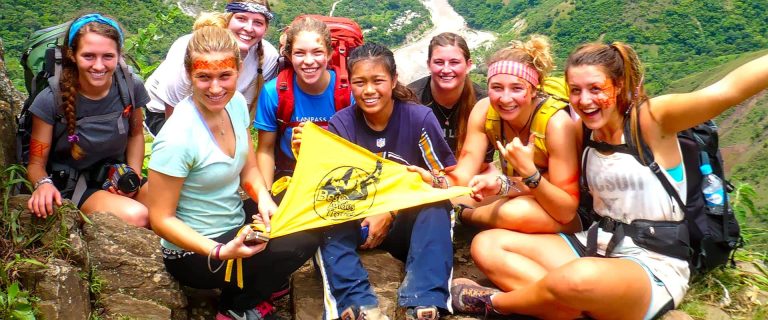Tour Details
Our travelers love the little-known Moonstone Trek to Machu Picchu Trek (formerly called Moonstone to Sun Temple Trek), a superb alternative to the traditional Inca Trail to Machu Picchu Trek. On this remote route you see few if any other trekkers, so you have this spectacular eastern extension of the Inca Trail all to yourself. No permits are necessary. You follow the footsteps of the Incas who built a high route from their capital city Cuzco westward through the rugged cordillera and filled their empire with amazing temples and royal residences.
You camp high and discover the beauty of tranquil Andean valleys with sublime views toward the 18,000-foot snowpeaks of the Urubamba and Huayanay Ranges. You also explore amazing Inca stonework in an enormous 15th-century quarry site of Cachiqata. After descending into the Sacred Valley of the Incas, you reach the royal Inca town of Ollantaytambo, with its remarkable sun temple. From here, we take the train to Machu Picchu and overnight at a hotel in Aguas Calientes, the town just below the site. Next day you have a Machu Picchu tour and a full day’s exploration of the legendary city before returning by train back to Cuzco.
Itinerary: Moonstone to Machu Picchu Trek
Additional Fee: Machu Picchu Citadel Site Entrance fee: $75, payable with the trek cost. The rate is subject to change without prior notice by order of park authorities.
Included
- Indicated meals
- Transport by train and bus
- Porterage of up to 10 kg personal gear
- Communal camp gear including tables and camp chairs
- Spacious sleeping tents
- Thermarest sleeping pad
- Water filter and other amenities
Not Included
- Personal trekking gear and sleeping bag
- Tips to guide and trek staff
- City services before and after trek program
- Dinner and lunch in Aguas Calientes
- Air Lima/Cuzco/Lima (currently $330 and subject to change).
Faq
What are your recommendations for acclimatization?
So that you have sufficient time to acclimate prior to starting the Moonstone trek, we strongly recommend that you arrive in Cuzco or similar elevation a minimum of two days prior to the trek. This is a 45-km/28-mile trek with a maximum elevation close to 4,600 m/15,100 ft.
How do I meet the group?
Once we receive your final payment, we will send a Confirmation of Service voucher with your prepaid travel details. At 10:30 AM on the day prior to the Moonstone trek, there is an important orientation meeting with your guide and other participants in Cuzco. We review trek arrangements, trail gear and packing strategies, health and dietary matters, tipping and other cash needs, and trail documentation requirements. We also distribute your trail duffel and sleeping pad. If you’ve rented a sleeping bag from us, we give it to you now so you can pack your duffel, ready for the departure early next morning.
Do I have to bring my own sleeping bag and pad?
You can bring your own sleeping bag, but if you prefer, you can rent one from us. We provide Thermarest sleeping pads.
Quick Facts
- 5 Days, in/out Cuzco
- 4 days hiking/3 nights camping; 1 night at hotel below Machu Picchu
- Full day exploring magnificent Machu Picchu
- Weekly Sunday group departures May – October
- Enjoy unspoiled, uncrowded Inca Trails and tranquil high Andean valleys
- Marvel at sublime views toward 18,000-foot snowpeaks
- Explore rich archeological remains, including an enormous Inca quarry

